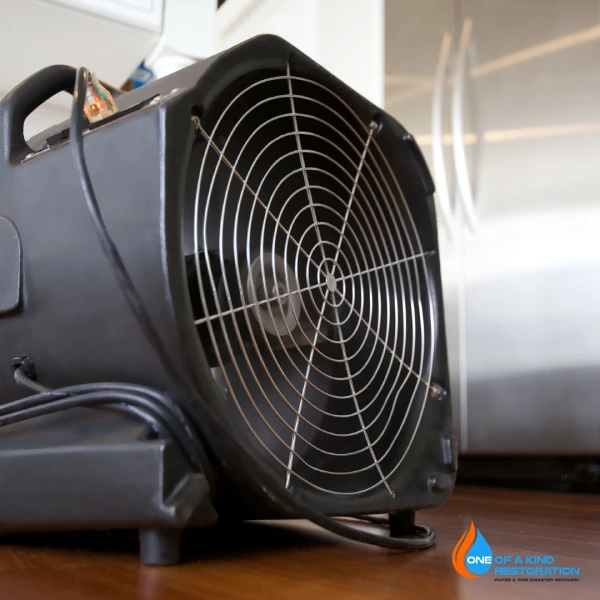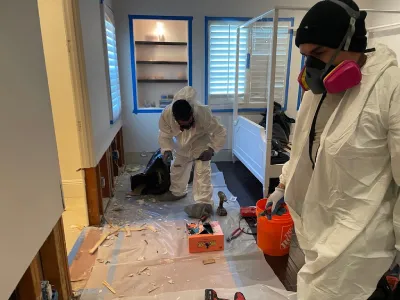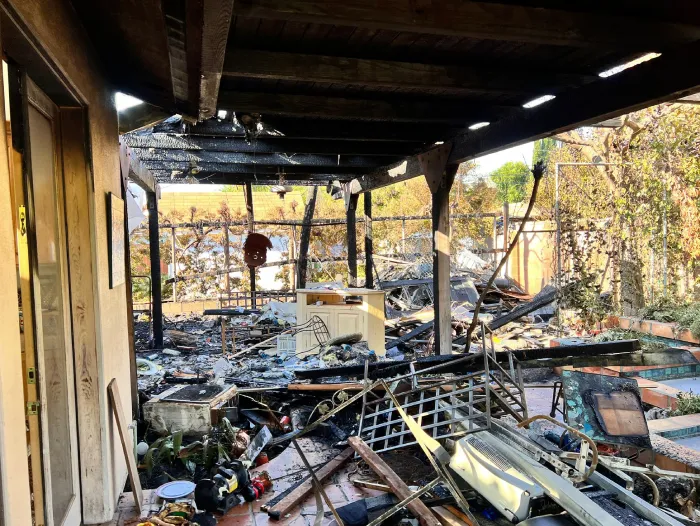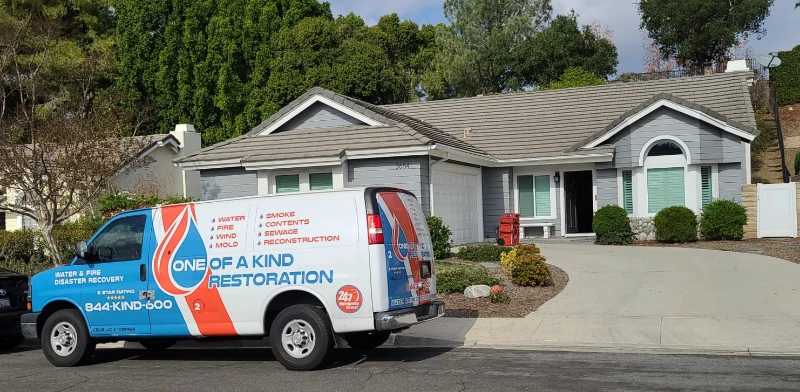Living in a beautiful city like Los Angeles, California, often brings the allure of great weather and picturesque scenes. However, that weather can sometimes be unpredictable and temperatures often polarizing, causing difficulties especially for those with respiratory health issues exacerbated by mold. Mold is a common household concern that, if not properly addressed, can exacerbate asthma symptoms and other respiratory issues. In this blog post, we delve into the topic of combating mold and how it’s crucial for preventing many harmful symptoms, with insights from the American Lung Association.
What is Mold and Why Is It Harmful?
Mold is a type of fungus that can grow indoors in damp and humid conditions. Exposure to mold and its spores can lead to a variety of harmful health symptoms, especially for individuals who are sensitive or allergic to mold. Here are some common symptoms and health effects associated with exposure to mold in the house:
- Respiratory Issues:
- Coughing: Persistent or worsening cough that may produce mucus.
- Wheezing: A high-pitched whistling sound while breathing, which can be indicative of narrowed airways.
- Shortness of Breath: Difficulty breathing and a sensation of not getting enough air.
- Chest Tightness: A feeling of pressure or constriction in the chest.
- Nasal and Sinus Symptoms:
- Stuffy or Runny Nose: Nasal congestion or excessive nasal discharge.
- Sneezing: Frequent bouts of sneezing, especially upon exposure to mold or in moldy environments.
- Sinusitis: Inflammation of the sinuses, leading to facial pain, pressure, and headaches.
- Throat and Eye Irritation:
- Sore Throat: Persistent irritation or discomfort in the throat.
- Red, Watery, or Itchy Eyes: Irritated and inflamed eyes, often accompanied by itching and excessive tearing.
- Skin Irritation:
- Rashes or Hives: Skin rashes, redness, or raised, itchy bumps that may appear after exposure to mold.
- Itchy Skin: Persistent itching or irritation of the skin.
- Allergic Reactions:
- Exacerbation of Allergies: Individuals with pre-existing allergies may experience worsened allergy symptoms when exposed to mold, such as hay fever-like symptoms.
- Headaches and Fatigue:
- Headaches: Recurrent or persistent headaches, which may range from mild to severe.
- Fatigue: Excessive tiredness and lack of energy, even after sufficient rest.
- Systemic Symptoms:
- Fever: In some cases, exposure to mold may cause a low-grade fever.
- Muscle Aches: Generalized muscle soreness or aches.
It’s important to note that the severity and specific symptoms can vary based on factors such as the type and amount of mold, individual sensitivity, duration of exposure, and overall health of the individual.
If you suspect that your home has a mold problem and you are experiencing any of these symptoms, it’s crucial to take action to address the issue promptly. This may involve cleaning and removing the mold, improving ventilation and reducing moisture, and seeking professional help for thorough remediation if needed. Additionally, if symptoms persist or worsen, seeking medical attention is advisable to ensure appropriate diagnosis and treatment.
The Relationship Between Mold and Asthma
For individuals with asthma or other respiratory conditions, exposure to mold can trigger or worsen their symptoms. When mold spores are inhaled, they can cause respiratory irritation, leading to symptoms such as coughing, wheezing, and shortness of breath. Prolonged exposure can even contribute to the development of asthma in susceptible individuals.
American Lung Association’s Insights
The American Lung Association emphasizes the significance of mold prevention and control in maintaining a healthy home environment. They stress that people with asthma, especially children and the elderly, need to be extra cautious about exposure to mold and its potential health impacts. Here are some key points from their insights:
- Reduce Moisture to Prevent Mold Growth
Controlling indoor moisture levels is the first step in mold prevention. Address any water leaks, ensure proper ventilation in bathrooms and kitchens, and promptly clean and dry any wet or damp areas. - Regularly Inspect and Clean Your Home
Routinely inspect your home for signs of mold growth, such as musty odors, discoloration on walls or ceilings, or visible mold. If you find any, take immediate action to clean and remediate the affected areas. - Invest in Proper Ventilation Systems
Proper ventilation, including exhaust fans and HVAC systems, helps to reduce humidity levels and promote better air circulation. This, in turn, inhibits mold growth and improves indoor air quality.
One Of A Kind Restoration: Your Mold Combat Partner
At One Of A Kind Restoration, we understand the criticality of combating mold for the well-being of your family, especially those with respiratory conditions like asthma. Our experienced team in Los Angeles is committed to providing comprehensive mold remediation and prevention services.
We employ state-of-the-art techniques and equipment to detect, remove, and prevent mold infestations in your home. From thorough inspections to tailored mold remediation plans, we ensure a comprehensive approach that effectively tackles mold and promotes a healthier living environment.
In the vibrant city of Los Angeles, dealing with mold is a reality many homeowners face. However, armed with knowledge and the right experts like One Of A Kind Restoration, you can combat mold effectively and create a mold-free haven for your family. Remember, preventing and controlling mold is not just about preserving your home; it’s about safeguarding your loved ones’ respiratory health and enhancing their quality of life.
For more insights and tips on mold prevention and remediation, be sure to check out the American Lung Association’s blog on Mold and Asthma.
https://www.lung.org/blog/mold-and-asthma
Contact One Of A Kind Restoration today at 844-546-3600 to ensure a mold-free and breathable living space for you and your family.
Disclaimer: The information provided in this blog post is based on the insights from the American Lung Association and is not a substitute for professional advice. Please consult with a medical or environmental professional for specific concerns related to mold and respiratory health.







